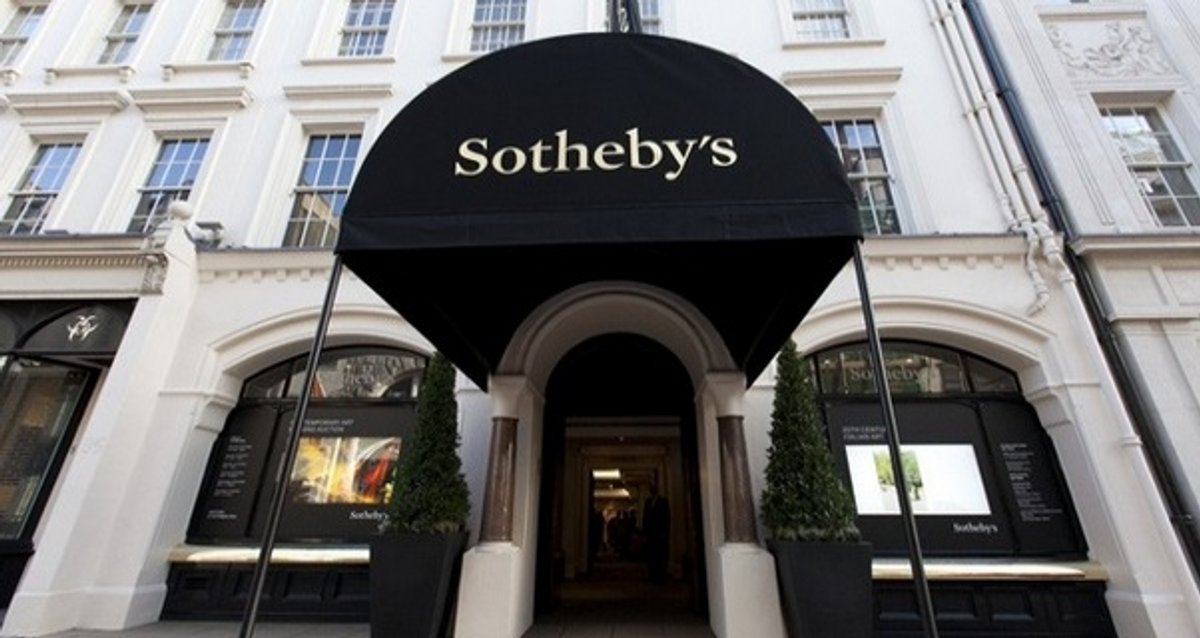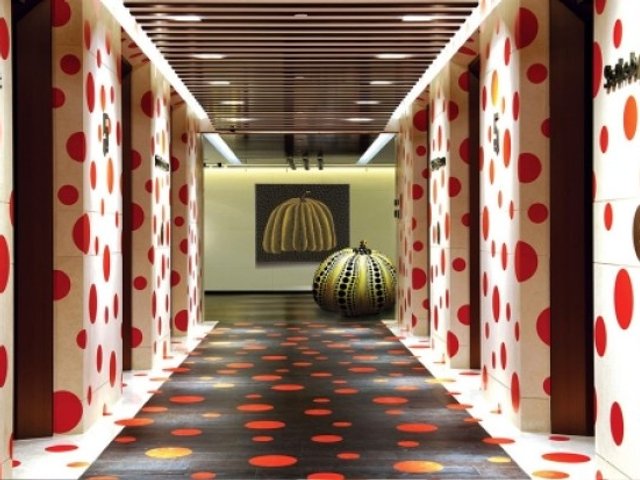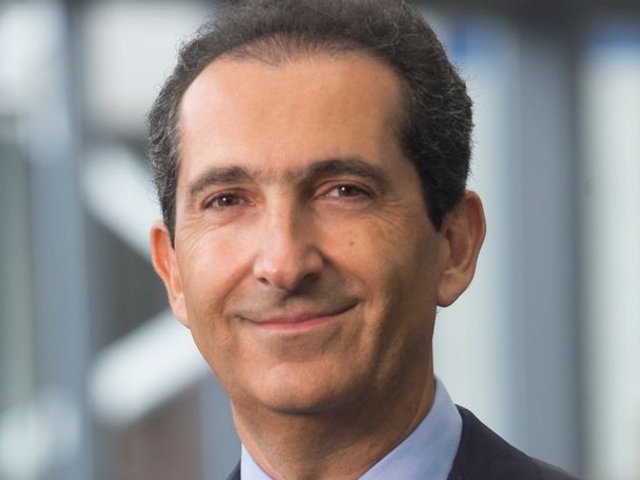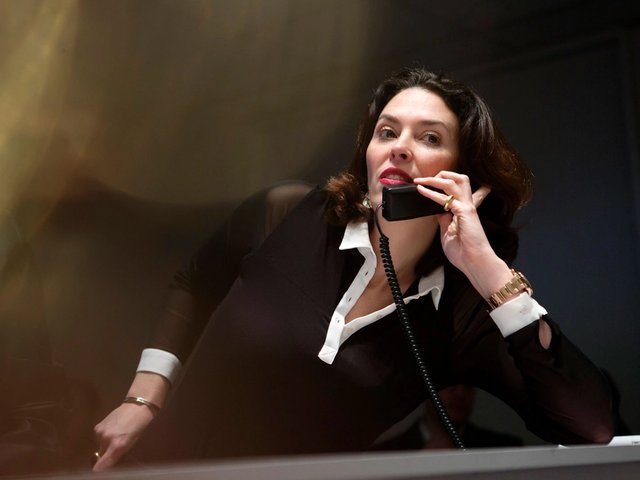The first real test of the art market since the coronavirus outbreak could come as soon as next month as Sotheby’s forges ahead with plans to hold its bellwether Impressionist, Modern and contemporary art auctions in New York during the week of 29 June.
In an email sent today, Charles Stewart, the firm’s chief executive, says Sotheby’s is “actively preparing” for the reopening of its galleries in New York and London. Meanwhile, teams are returning to work in a number of offices in Europe and Asia.
Looking ahead to the June and July flagship sales, Stewart says the plan is to hold them in New York the week of 29 June, “pending the lifting of certain restrictions and confirmation from the relevant authorities”. He adds: “You will hear more about our specific plans and innovations to ensure success and safety, and we are excited about the very high quality of the sales.”
A spokeswoman for Phillips says the auction house still plans to hold its New York sales the week of 22 June, while Christie’s previously announced plans to do the same.
Acknowledging the disruption to the market over the past few months, Stewart suggests recent events could have a long-lasting impact. “There is no question that our world has changed dramatically over the last months, in some ways temporary and in others, likely more permanent,” he says.
So how has business changed? Sotheby’s has been undergoing a period of restructuring for several months, resulting at the end of last year in the departure of around 20 to 30 senior executives. A small number of further redundancies are expected in the coming weeks.
In December, Stewart announced he was reorganising the auction house into two “equally important” global divisions—Fine Arts and Luxury, Art and Objects. Although yet to name a leader of the new luxury division, Stewart identified jewellery, watches, wine, 20th-century design, Asian art, books and decorative art as “the key growth areas” for the firm.
In his 5 May email, the chief executive once again underscored the equal footing of the art and luxury markets. Since March, Stewart notes, Sotheby’s has held 37 online auctions totalling nearly $70m, including $1.3m for a Cartier bracelet, the same price achieved for George Condo’s 2005 painting, Antipodal Reunion. Records have been set for a print, photograph, watch, jewel, painting and handbag sold in an online sale.
Investments continue to be made in the firm’s retail channels including Sotheby’sHome, an online shop where prices start at around $150, and Gallery Network, a new buy-now marketplace for galleries launched last month.
Somewhat counterintuitively, as he concedes, Stewart says this period “has proven to be a remarkably good time to sell” for consignors. He adds: “In a world of self-isolation, we are seeing increased collector engagement and focus on their areas of passion.”
However, a great deal of consignments are returning to the block having not sold first time round, particularly in a new “curated” series of sales launching in May aptly named “Eclectic”, which Sotheby’s describes as “celebrating unexpected correspondences between works from fields traditionally considered unconnected”.
Previously unsold inventory in the first such sale in New York (there are others to follow in London and Paris) includes a 1778 bust of Benjamin Franklin, which failed to sell in January 2019 at $150,000-$250,00 and is now being re-offered at $100,000-$150,000 and, in a record quick turnaround, David Wojnarowicz’s Plane Crash (1983), which didn't find a buyer in March at $150,000-$200,000 and now returns to auction with a $80,000-$120,00 estimate.





